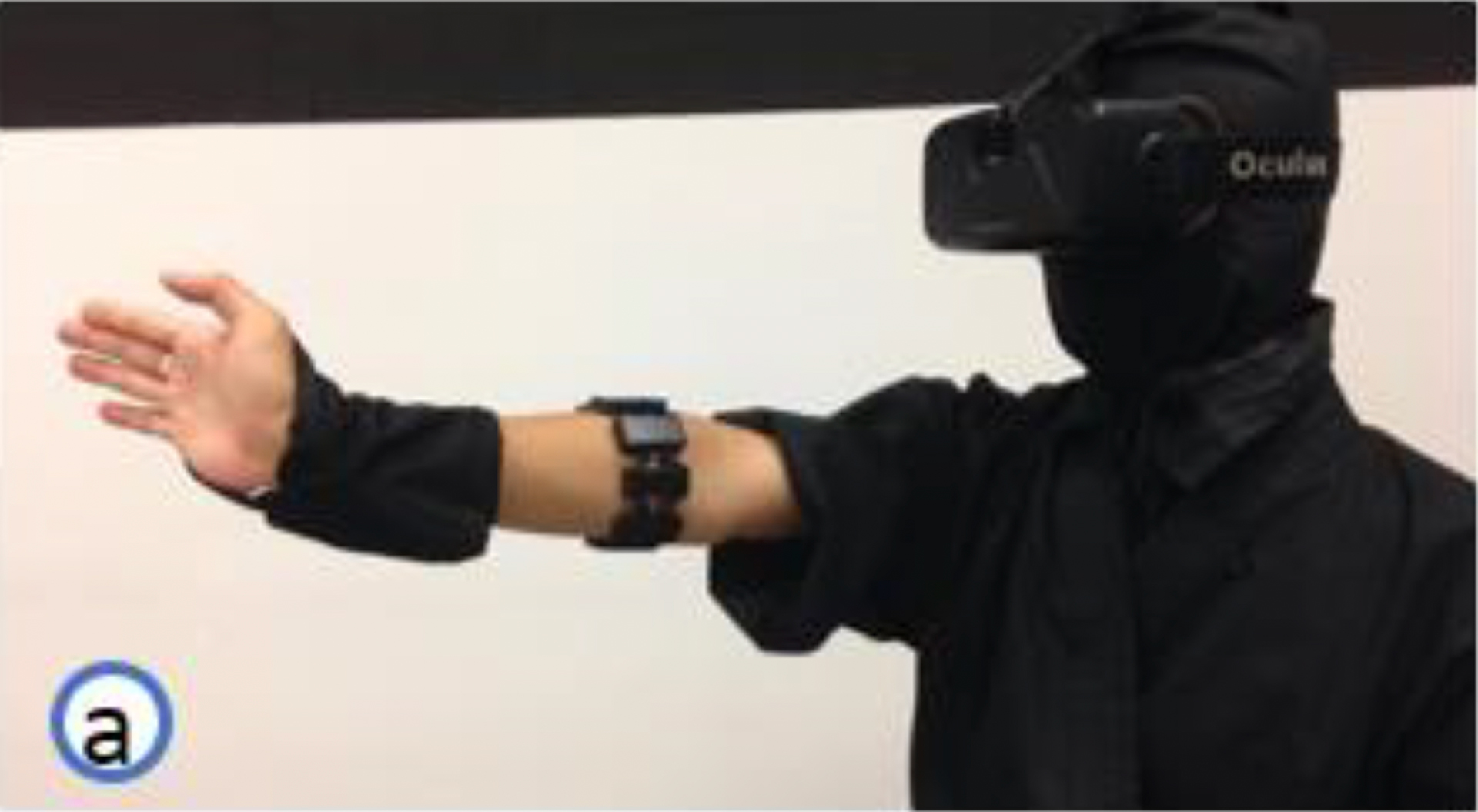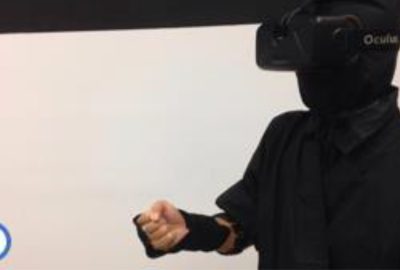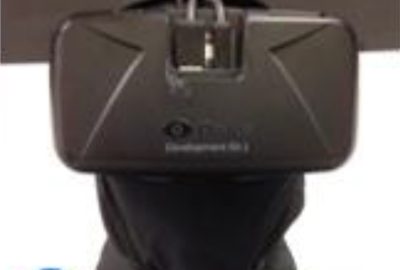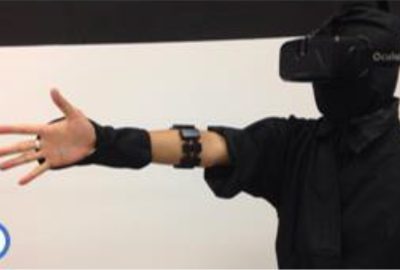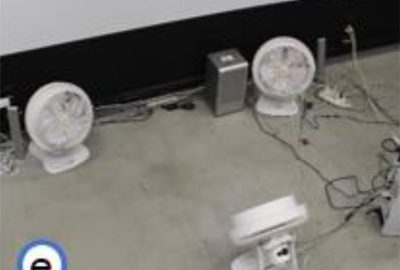“Moving Around in Virtual Space with Spider Silk” by Han, Huang, Tsai, Chen, Hsieh, et al. …
Conference:
Experience Type(s):
Entry Number: 19
Title:
- Moving Around in Virtual Space with Spider Silk
Organizer(s)/Presenter(s):
Description:
With the recent advances of wearable I/O devices, designers of immersive VR systems are able to provide users with many different ways to explore the virtual space. For example, Birdly [Rheiner 2014] is a flying simulator composed of visual, auditory, and smell feedback that can provide the user a compelling experience of flying in the sky. SpiderVision adopts a non-see-through head-mounted display (HMD) and two cameras with opposite directions to provide the user a front-and-back vision [Fan et al. 2014]. Although the use of HMD is quite popular recently, moving around in a virtual space is not as easy as looking around in a virtual space, mainly because position tracking is more complicated than orientation tracking with state-of-the-art technologies. Our goal is to provide the user the first-person perspective and experience of moving around in 3D space like a super human – jump high, glide off, fly with rope, teleport, etc., even without the position tracking technologies.
References:
FAN, K., HUBER, J., NANAYAKKARA, S., AND INAMI, M. 2014, SpiderVision: extending the human field of view for augmented awareness. In Proc. AH ’14, ACM, No. 49.
RHEINER, M. 2014, Birdly an attempt to fly. In ACM SIGGRAPH 2014 Emerging Technologies, No. 3.
Additional Images:
- 2015 ETech Han: Moving Around in Virtual Space with Spider Silk
- 2015 ETech Han: Moving Around in Virtual Space with Spider Silk
- 2015 ETech Han: Moving Around in Virtual Space with Spider Silk
- 2015 ETech Han: Moving Around in Virtual Space with Spider Silk
Acknowledgements:
This research was supported in part by the Ministry of Science and Technology of Taiwan under the grant MOST 103-2221-E-002-127-

